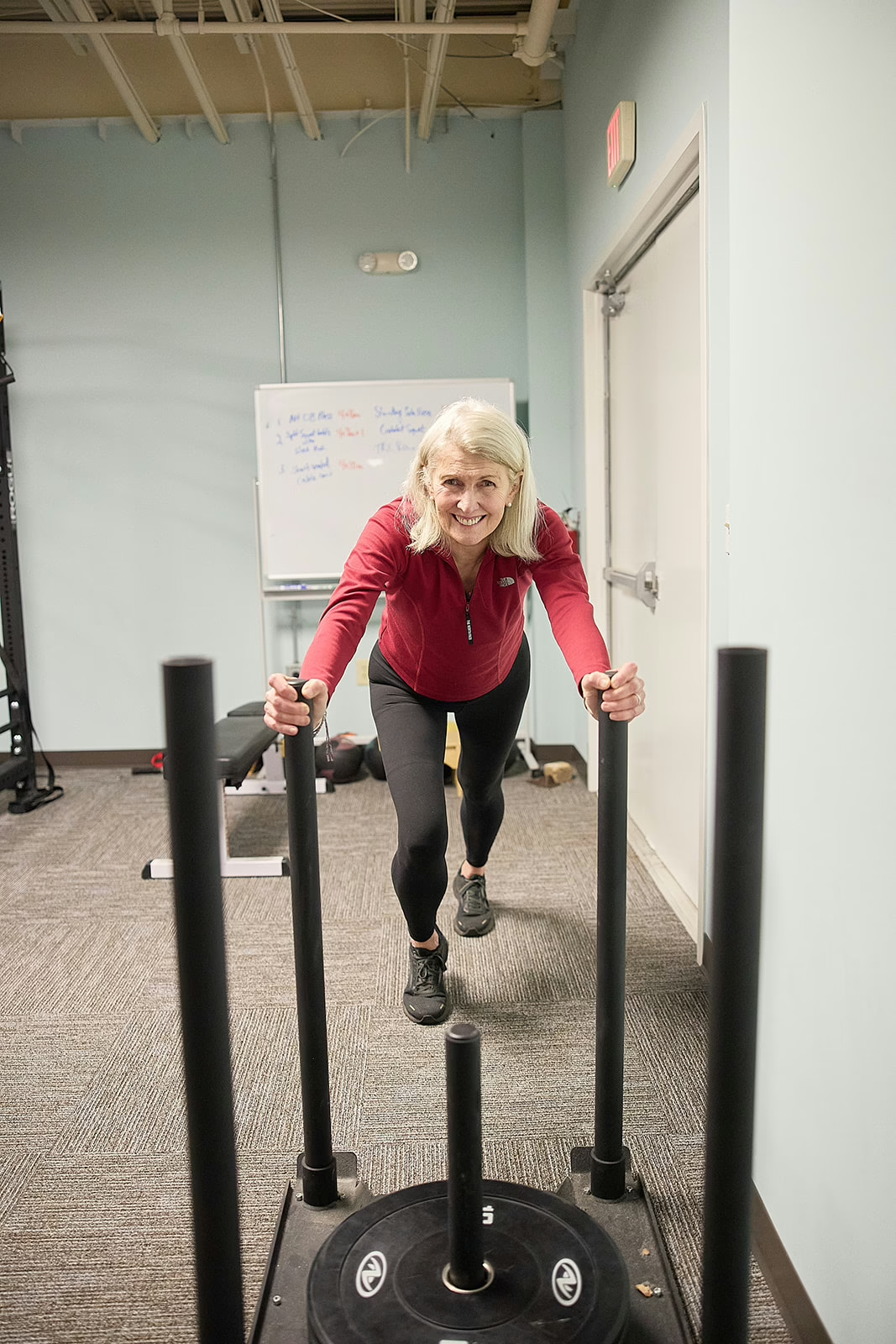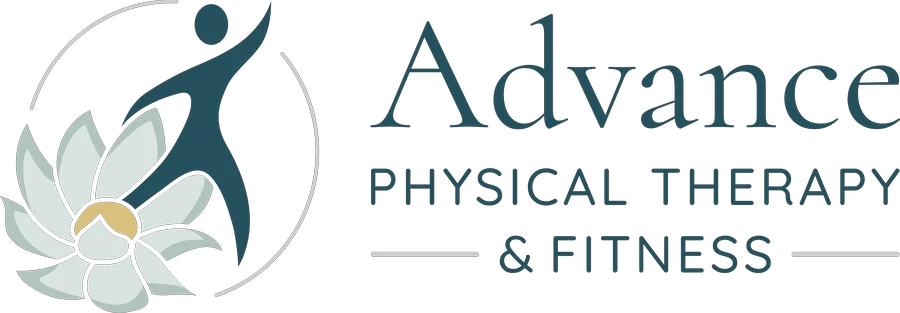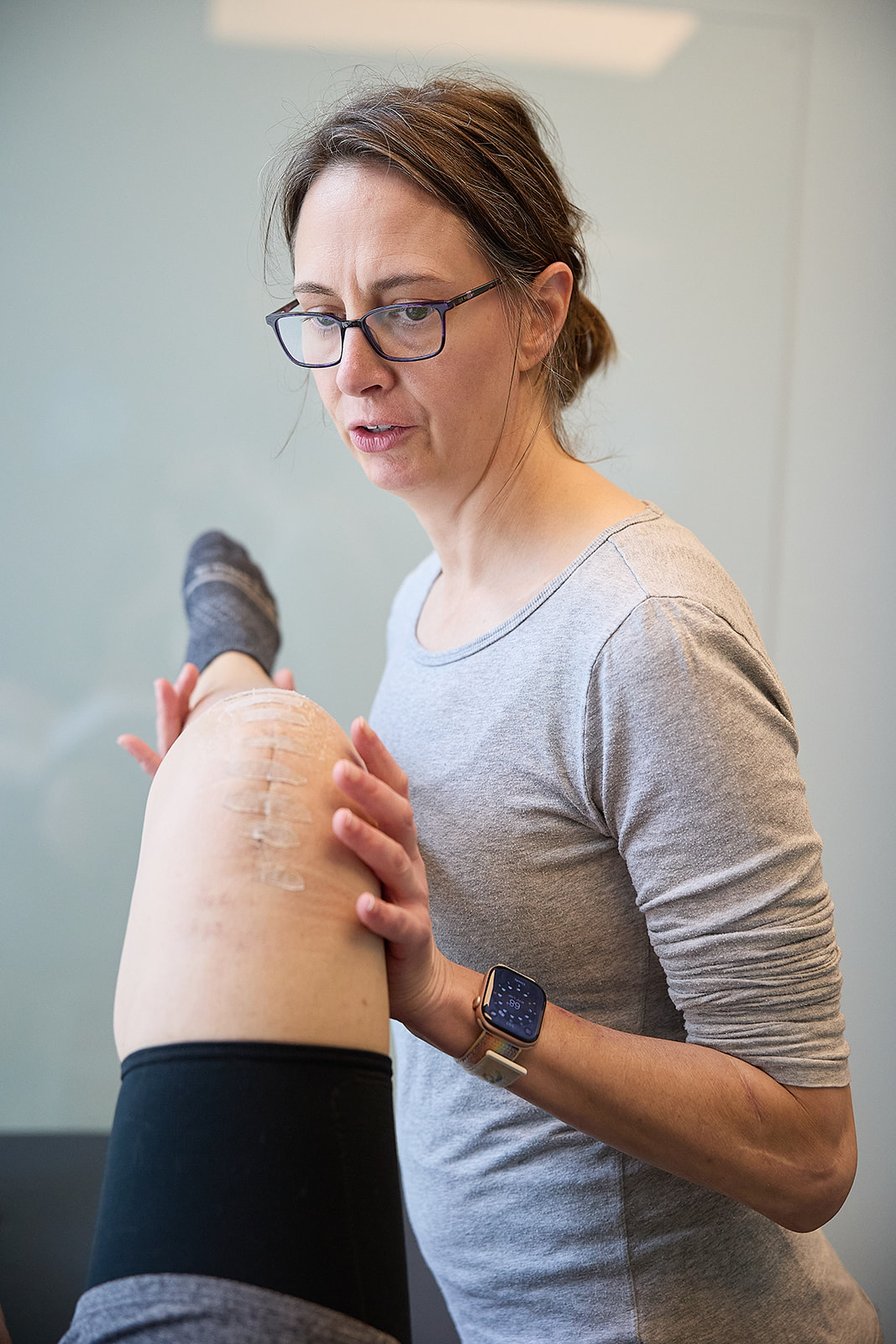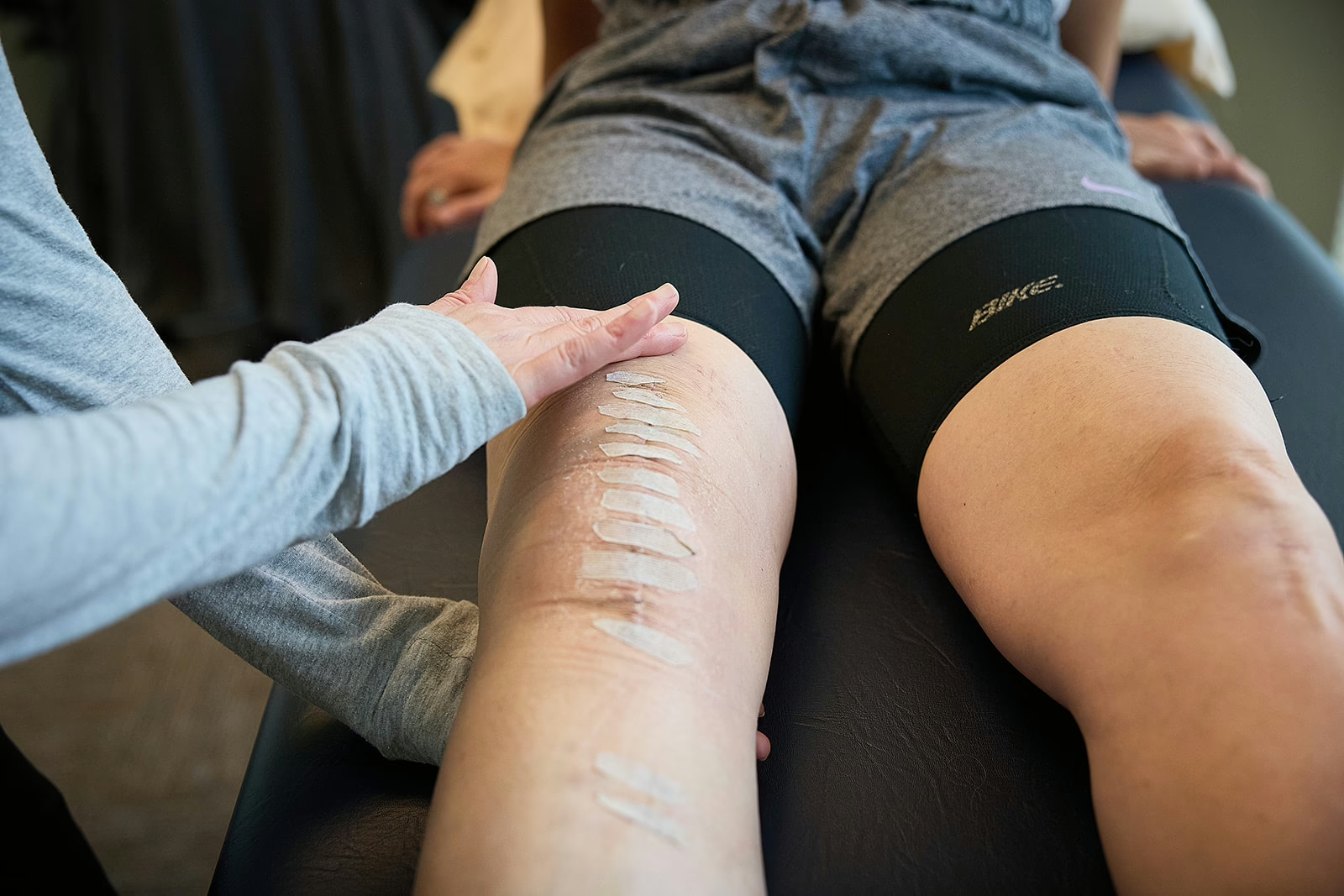
Pre Op/Post Op Rehabilitation
Before and after surgery, your PT will look at not only the joint involved, but at whole body alignment and movement. The core muscles of the trunk form the foundation for healthy breathing as well as movement of the arms, legs, head and neck. Multiple joints often need strengthening and movement training in addition to those joints involved in surgery.
A complete, thorough home exercise program after a surgical joint procedure is often critical to patient success. This is achieved by time spent training patients and rechecking from visit to visit. Performance of home programs needs to be assessed routinely and progressed or modified according to what each very different patient might need.
Shoulder
PRI theory asserts that shoulder asymmetry is a normal part of inherent human asymmetrical patterns. The right shoulder is often held in a different position than the left, and can lead to related problems with prolonged asymmetrical use. Of course, injuries and accidents can also happen to anyone. However, if there is a foundation of movement differences in the shoulders, full resolution of long standing shoulder problems, or recovering fully from surgery, may be hard to achieve. A goal for the treatment of the shoulder, is to reduce problematic, patterned movement behaviors that lead to wear and tear at the shoulder. Often times, patients with shoulder issues will also need to address problems elsewhere in their body for their shoulders to improve.
With or without surgery, we help patients to recognize unhealthy posture and movement habits to relieve stress from overused, injured and/or repaired joints for long term success and return to healthy arm movement for day to day routines as well as for fitness, hobbies and recreation.
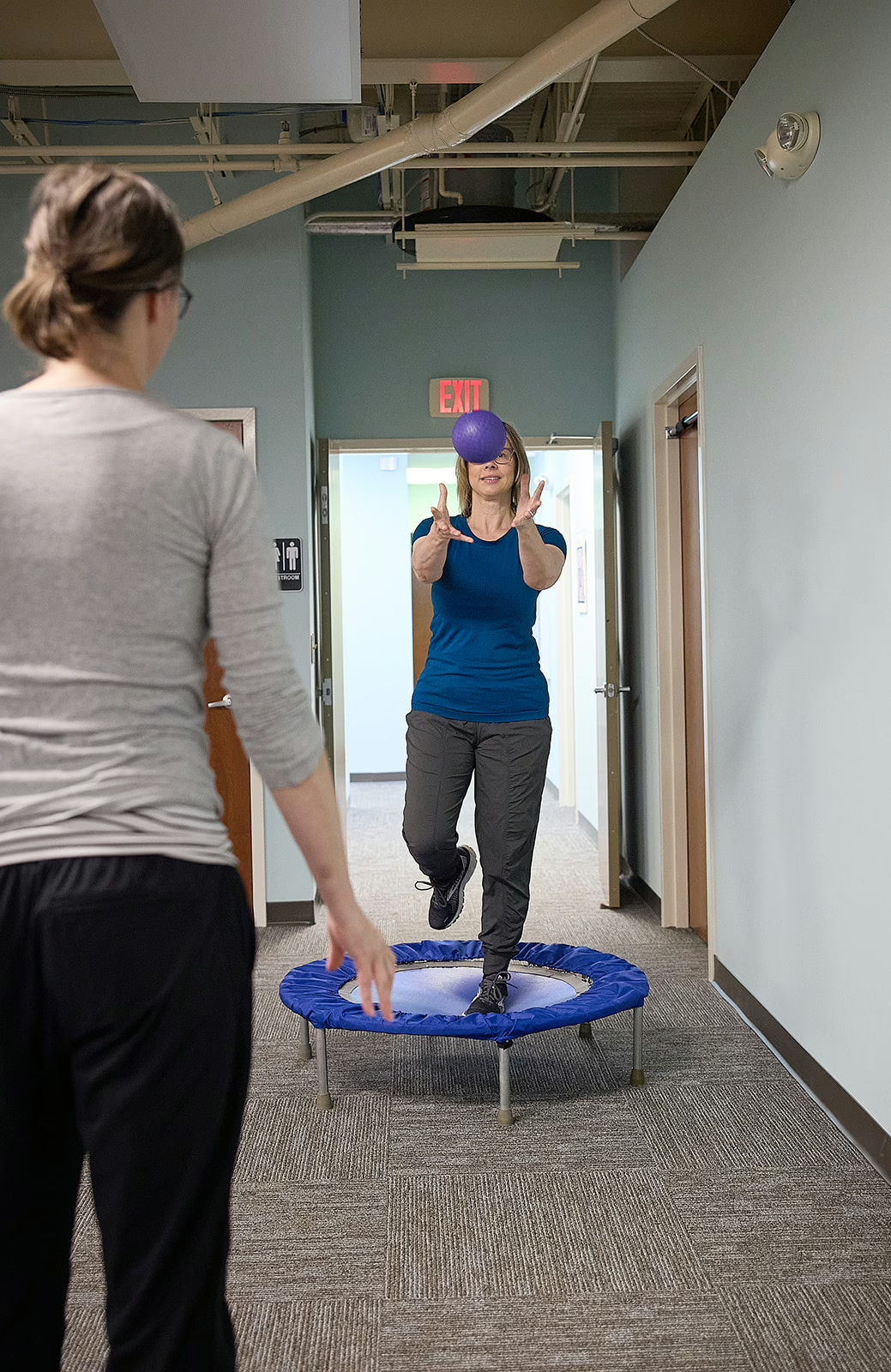
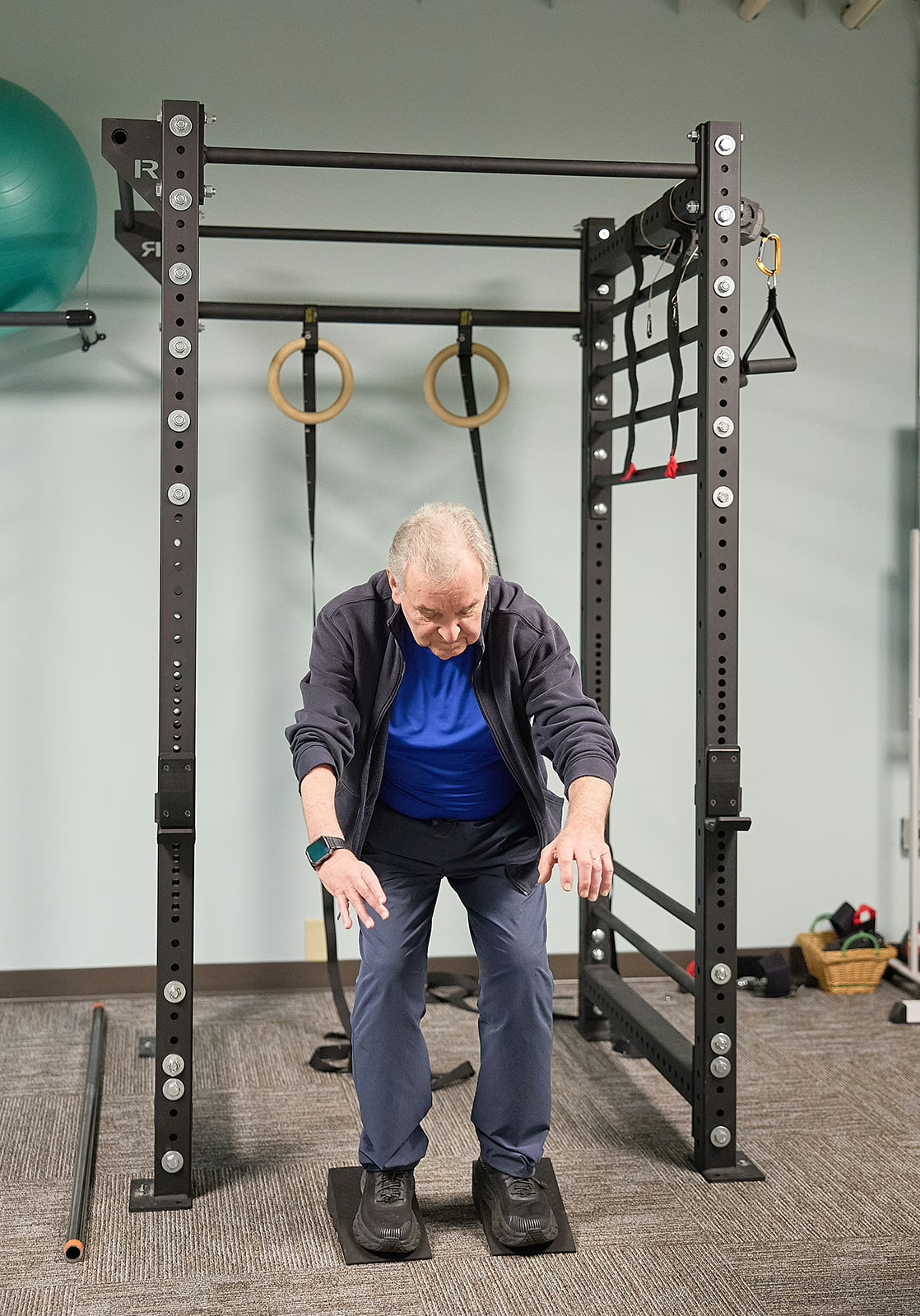
Spine, hips, knees and ankles
Joints in the spine and legs can be injured all at once during an accident or injury, but more often become injured over time. Unhealthy/imbalanced stress during walking, running and fitness activities due to underlying asymmetrical position of the pelvis and spine is a common source of long standing back, hip, knee, ankle or foot pain. Anytime before and or after surgery (or maybe to avoid surgery!), we help patients to recognize unhealthy posture and movement habits to relieve stress from overused, injured and repaired joints for long term success and return to healthy walking, running, sport and hobbies.
Orthopedic Rehabilitation
Athletes come in all shapes and sizes. A 9 year-old boy with a painful pitching elbow and a 75 year-old gardener with back pain both still just want to get back in their respective game. Viewing virtually all patients as athletes in some form, allows us to apply a functional approach to return to “play”. While demands of the game may vary, Orthopedic Rehabilitation is about taking the whole game and breaking it down into simpler parts. Our rehabilitation professionals reinforce healthy movement patterns progressing difficulty and complexity as the body tissues adapt and strengthen from controlled stress.
Orthopaedic Manual Therapies
Orthopaedic manual therapies include many hands-on techniques to alleviate acute and chronic pain, and to reset the nervous system. Muscles relax, inflammation is reduced, joint flexibility is enhanced. Some of the specialized techniques used by our therapists include Counterstrain and Positional Release, Dry Needling, Kinesiotaping, Joint and Soft Tissue Mobilization, Myofascial and Connective Tissue Massage.
